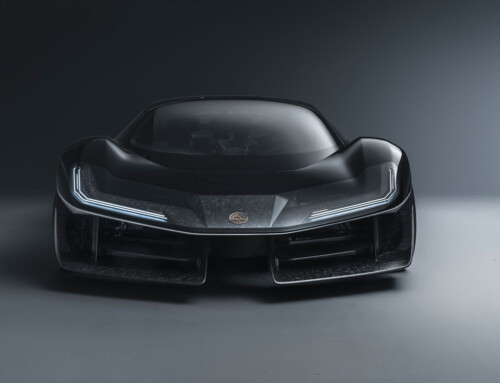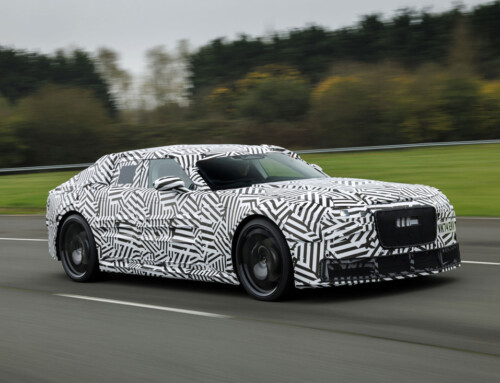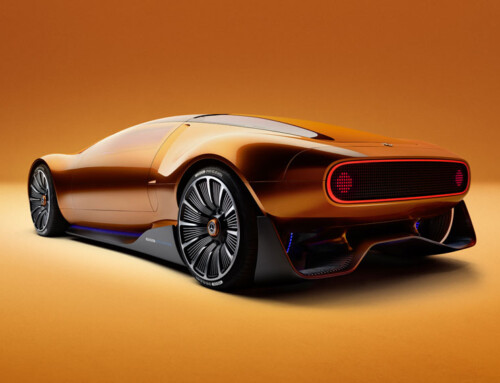

Mercedes, naturally, is no mere victim of fashion, its role being rather to interpret the mood of the times in order to establish a new worldwide benchmark in the luxury saloon market. The W 220 projects fits in perfectly with the strategies implemented by the Stuttgart firm over the past decade; strategies that have aimed to promote a brand image that is more youthful, dynamic and varied.
“What we wanted to avoid at all costs was anything remotely ‘monumental’, he continues. “Our mission was to come up with a coupé-type limousine. So we were looking for a sporty, but not over-sporty image so that we wouldn’t lose anything of the recherché distinction on which the reputation of the model is based”.
As in all recent Mercedes-Benz projects, the designers were concerned to find a balanced mix between Mercedes-Benz classicism and new design ideas. “Ours is an ever-expanding genetic code to which we can always turn in our campaign to keep our brand lively and dynamic and ensure that it never fades into lethargy”.
The design of the nose is the most obvious proof of this image of evolving continuity. “The front is genuine Mercedes, but also highly innovative, a friendly face-lift that is neither grim nor arrogant” continues Futschik. They wanted the new car to be slightly smaller than the previous S-Class model, but no less roomy inside.
In line with the brief’s demand for a sporty character, the designers’ first move was to create a more arrow-shaped nose that would also highlight the radiator grille, together with bumpers built into the body and a steeper angle for the windscreen and rear window pillars. It all helped to give the new generation S-class a more streamlined look than its predecessor, “as if it had been to fitness classes” jokes Futschik.
The article continues in Auto & Design no. 113










